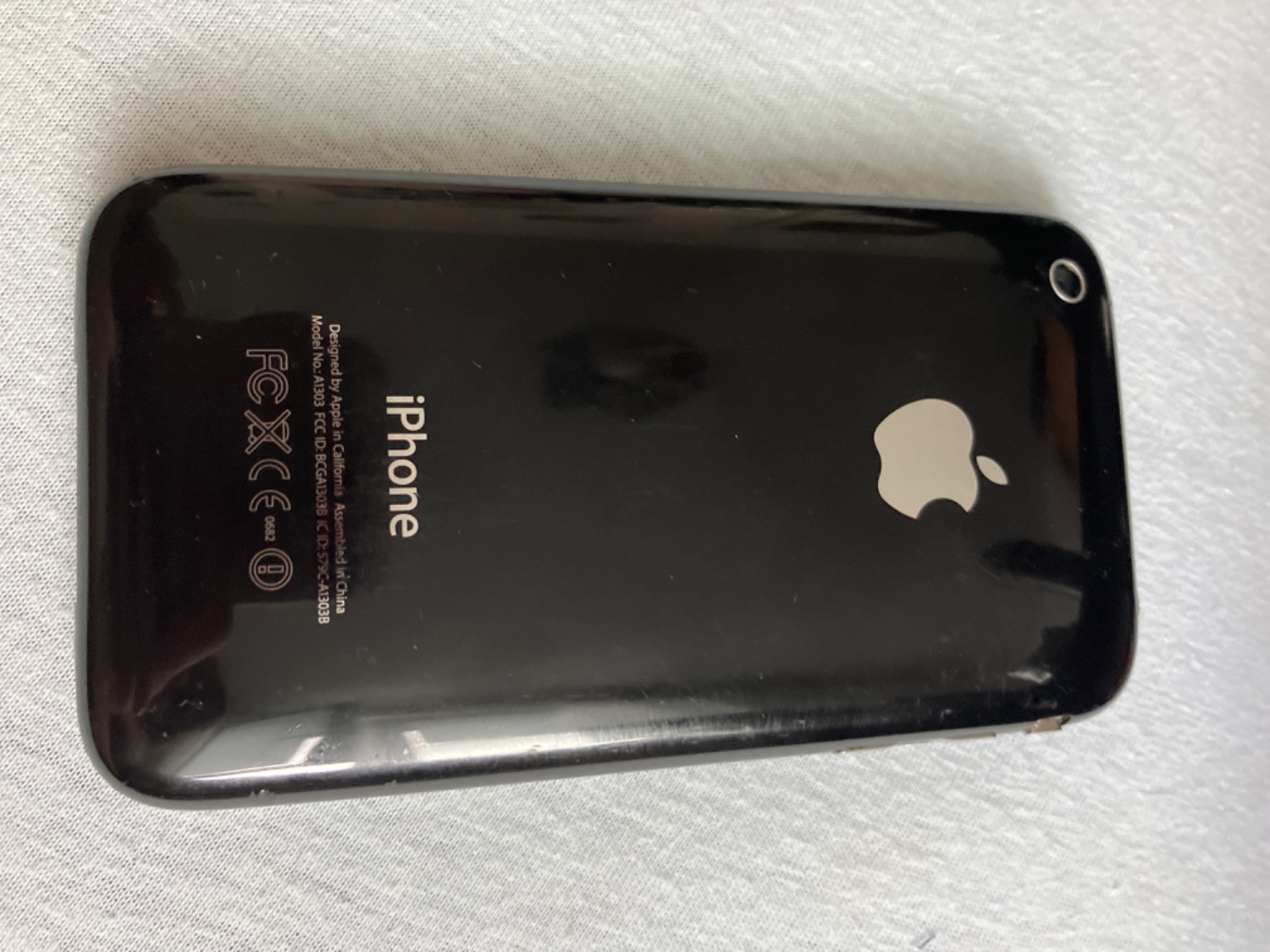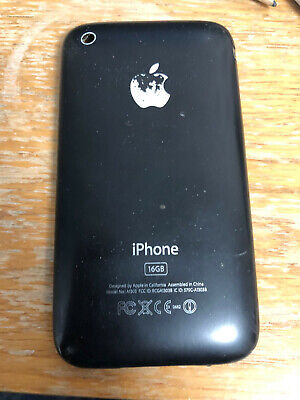You are right that the metal backs are usually laser etched. The plastic ones on the other hand are usually injection molded then screen printed.
The injection molding is well outside what most would consider "hobby grade", however there are many guides on how to diy screen print (though running it on curved surfaces is an extra challenge). So your best bet would probably be to buy a clone back cover with little or no writing on the back, then screen print on your own custom stuff.

 Taken from Ebay. Yes, someone was selling this.
Taken from Ebay. Yes, someone was selling this.